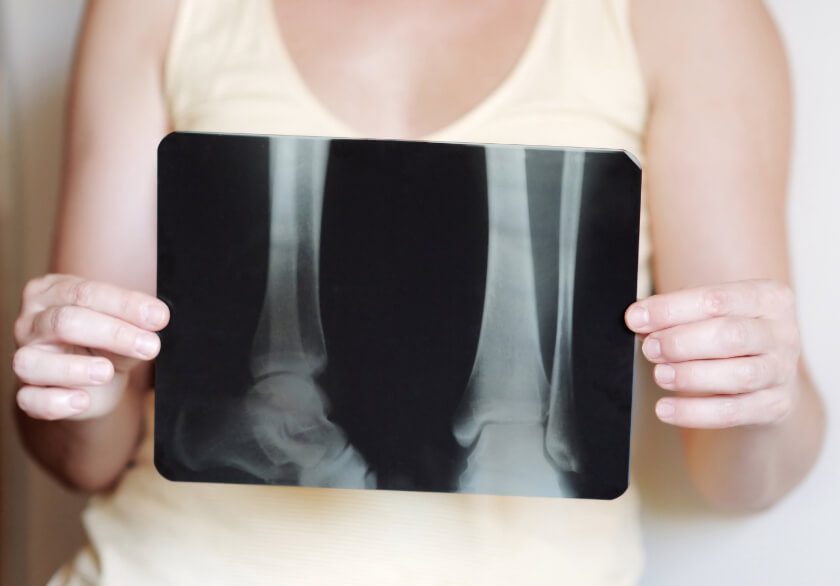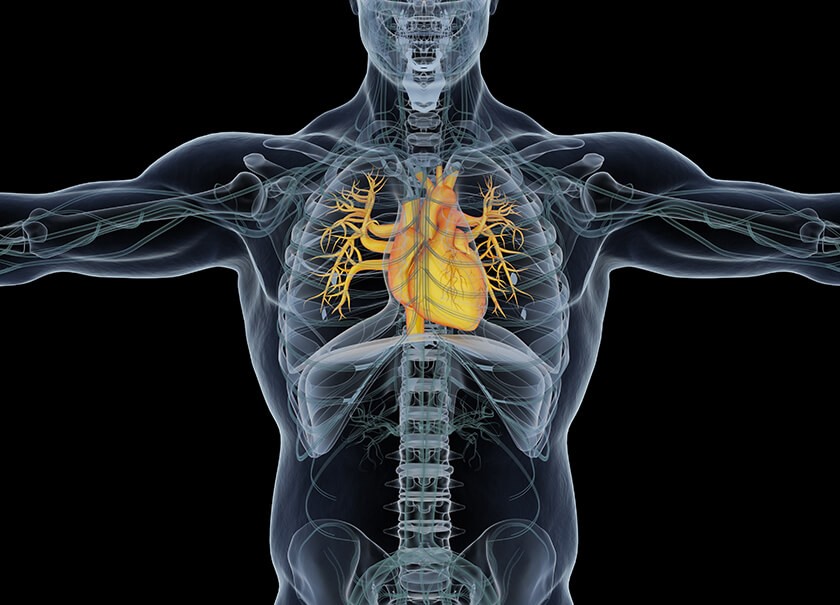

How do Bones Heal?


Bones are incredibly strong. In fact, ounce for ounce, bones are stronger than steel and about four times stronger than concrete. Unfortunately, bones do break – and more often than you might think. In fact, people in the United States suffer approximately 15 million broken bones, also known as bone fractures, each year. About 1.8 million Americans suffer a fracture due to bone disease, and millions more fracture bones by falling, trauma, sports injuries, or motor vehicle accidents. A bone fracture can cause a significant amount of pain and disability, and can prevent someone from going to work, taking care of their families, or doing the things they love for several weeks. The good news is that bones can heal themselves.
Bones look simple enough, but they are actually very complex. They consist of an inner layer, known as the marrow, and the outer cortex layer. The soft, thick bone marrow makes new blood cells for the body. The hard bone cortex gives bones their strength.
But how exactly do bones heal? The secret is in stem cells and the body’s natural ability to heal itself.
How Bones Heal
Because they are so strong, we tend to think of bones as rigid and unchanging, but bones are actually dynamic and active organs. New bone constantly replaces old bone material, which keeps bone strong. This daily maintenance also helps to repair a broken bone. The process involves stem cells, which are specific cells in the body that have the special ability to turn into other types of cells, such as cartilage and bone cells.
The healing process begins immediately after the fracture: cells in the bone marrow send out a call for help. Blood vessels inside the bones respond by seeping blood into the affected area and clots. The blood clots collect around the bone fracture to create a hematoma, a large meshwork of proteins that temporarily plug any gaps created by the fracture.
Next, the immune system springs into action by sending fluid to the area, causing inflammation and swelling. Inflammation protects the body and speeds healing.
Stem cells from bone marrow, blood, and surrounding tissue migrate to the fracture. Once there, the stem cells take two different pathways towards bone healing: some turn into new bone cells and others turn into new cartilage cells.
New bone usually starts to develop along the edges of the fracture, using a process that is similar to the everyday maintenance of replacing old bone with new bone. “Threads” of these new bone cells begin to grow towards each other, eventually closing the fracture.
Soft cartilage develops to fill the gaps between the broken ends of the bone. The process of developing this soft cartilage, also known as soft callus, is very similar to what happens during embryonic development and as kid’s bones grow. The formation of new cartilage peaks at about 8 days after the injury; it is not a permanent solution, though, as soft callus is not strong enough to withstand the pressures of everyday use.
A harder callus replaces the soft callus. While this harder bone-like callus is stronger than the soft callus, it is not as strong as regular bone.
The formation of new mature bone starts about 3 to 4 weeks after the injury, and can continue for several months or even several years, depending on the location and severity of the fracture. Regular bone starts to replace hard callus during this stage, in a process known as remodeling.
Certain factors can affect the way bones heal. Fractures may not heal as well in someone who has a severe break or has damage to the muscles, nerves, and skin near the broken bone, for example. Vitamin deficiencies, the use of corticosteroids or other medications, or the use of alcohol or tobacco can impede healing. Slower healing is possible in people with certain health conditions, such as diabetes, anemia or the bone problems osteoporosis and osteogenesis imperfect.
What do Healing Bones Look Like on an X-ray?
Doctors use x-rays and other imaging techniques to diagnose fractures, and to monitor the healing of broken bones. X-rays help doctors determine the location, type of fracture and its severity, for example. The images help doctors see which part of the bone is broken and whether the bone has moved out of alignment.
Doctors can also use x-rays to see how well the bone is healing: on an x-ray image, a bone that is still healing looks uneven, but a fully healed bone looks normal. They can also see if the broken bone is not healing properly due to infection, poor circulation, inadequate stabilization, and other causes.
For more information on how bones heal, consult with a physician. A doctor can also provide tips on how to optimize the healing of a bone fracture.






